A CNC turning machine is a computer-controlled manufacturing system specifically engineered for producing precision rotational components through automated material removal processes. These machines operate by rotating the workpiece on a high-accuracy spindle while precisely guiding cutting tools along programmed paths to create cylindrical, conical, and complex geometric features. Modern CNC turning centers feature rigid cast iron or polymer concrete constructions that provide vibration-damped stability, capable of maintaining dimensional tolerances within ±0.005mm (±0.0002 inches) in production environments. The standard configuration includes a programmable turret or gang tooling system that holds multiple cutting inserts – ranging from general-purpose carbide grades to specialized ceramic or CBN (cubic boron nitride) tools – with automatic tool changers capable of switching implements in under 0.3 seconds for uninterrupted production.
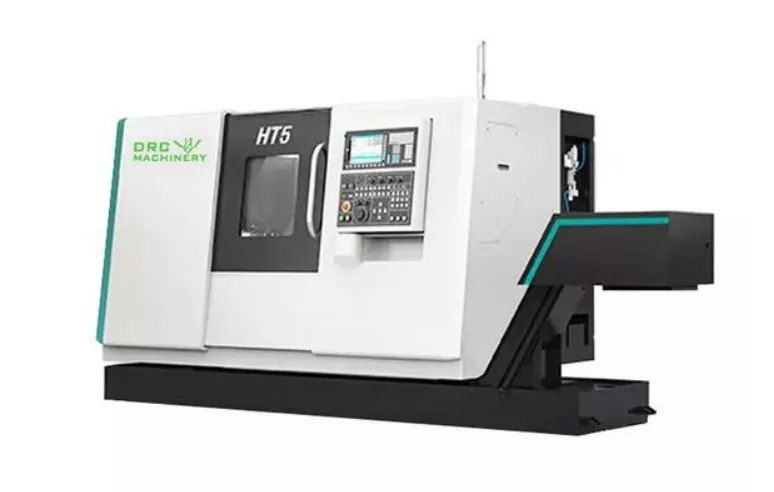 The control system forms the intelligent core of CNC turning machines, utilizing industrial-grade processors to execute complex machining programs while simultaneously managing multiple subsystems. Advanced controllers from manufacturers like Fanuc, Siemens, and Mitsubishi process part programs containing thousands of commands, coordinating spindle rotation (typically 50-6,000 RPM range), tool positioning (with 0.1μm resolution feedback), and auxiliary functions such as coolant delivery or bar feeding. These systems employ sophisticated algorithms for constant surface speed maintenance (automatically adjusting RPM as diameters change), thread chasing synchronization (precise enough for aerospace-quality fasteners), and adaptive feed rate control that responds to real-time cutting conditions. The human-machine interface typically incorporates high-resolution touchscreens displaying 3D toolpath simulations, cutting force monitoring graphs, and tool life management data, allowing operators to oversee critical parameters including surface speed (maintained at optimal levels for each material), feed rate (typically 0.05-0.5mm/revolution), and depth of cut (ranging from 0.1mm finishing passes to 5mm roughing operations in steel alloys).
The control system forms the intelligent core of CNC turning machines, utilizing industrial-grade processors to execute complex machining programs while simultaneously managing multiple subsystems. Advanced controllers from manufacturers like Fanuc, Siemens, and Mitsubishi process part programs containing thousands of commands, coordinating spindle rotation (typically 50-6,000 RPM range), tool positioning (with 0.1μm resolution feedback), and auxiliary functions such as coolant delivery or bar feeding. These systems employ sophisticated algorithms for constant surface speed maintenance (automatically adjusting RPM as diameters change), thread chasing synchronization (precise enough for aerospace-quality fasteners), and adaptive feed rate control that responds to real-time cutting conditions. The human-machine interface typically incorporates high-resolution touchscreens displaying 3D toolpath simulations, cutting force monitoring graphs, and tool life management data, allowing operators to oversee critical parameters including surface speed (maintained at optimal levels for each material), feed rate (typically 0.05-0.5mm/revolution), and depth of cut (ranging from 0.1mm finishing passes to 5mm roughing operations in steel alloys).
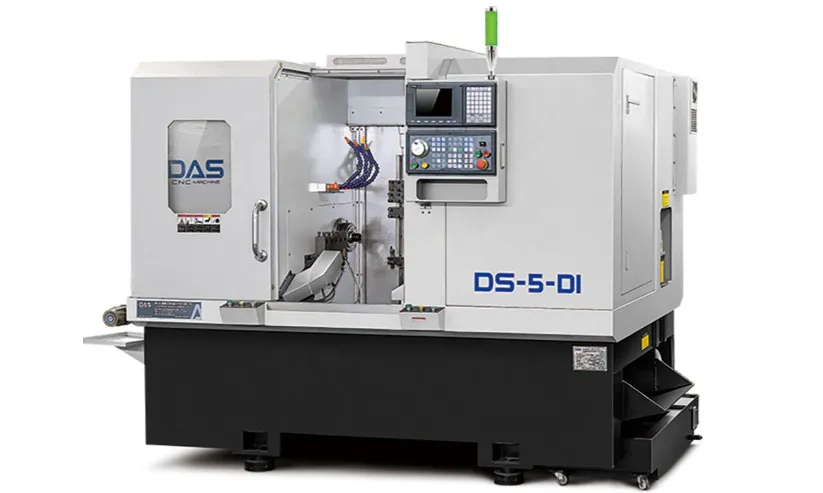
CNC turning machines are manufactured in various configurations to address specific industrial requirements, with horizontal spindle orientations being most common for general machining applications. These machines accommodate workpiece diameters from 10mm to over 1,000mm, with between-center distances extending to 6 meters for long shaft production. Vertical turning lathes (VTLs) specialize in heavy, short workpieces like large flanges or gears, utilizing gravity to secure parts weighing several tons. More specialized variants include Swiss-type turning centers with sliding headstocks for precision machining of long, slender parts (1-32mm diameters) and multi-axis turning machines that incorporate live tooling and Y-axis movements – enabling complete machining of complex components including cross-holes, flats, and contoured surfaces in single setups. The machine’s construction incorporates hardened and ground guideways (linear rails or box ways) that withstand cutting forces exceeding 10kN while maintaining alignment accuracy, with thermal compensation systems counteracting expansion effects from machining heat or ambient temperature fluctuations.
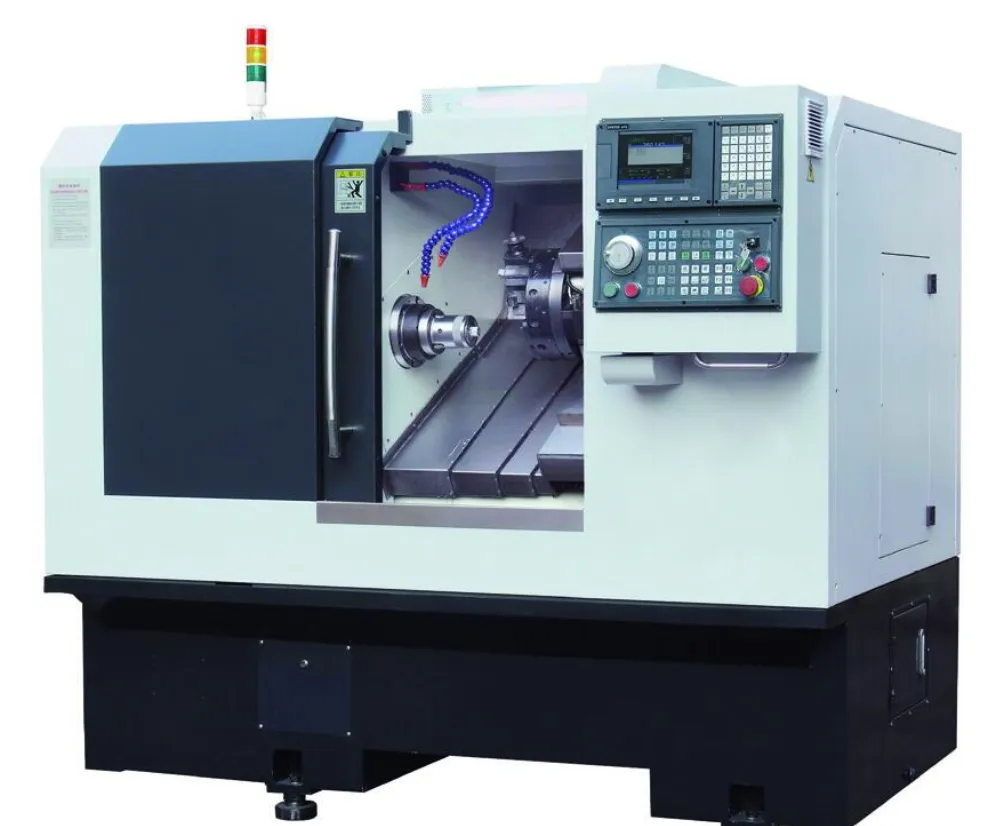
Material capabilities encompass virtually all machinable metals, plastics, and composites, each requiring tailored tooling and parameter strategies. Steel alloys are commonly machined at surface speeds of 100-300 meters/minute using coated carbide inserts, while aluminum alloys permit speeds up to 1,000 m/min with diamond-tipped tools when proper coolant prevents material adhesion. The machines’ rigidity allows effective machining of difficult materials like Inconel (requiring speeds of 20-50 m/min with specialized chipbreaker geometries) or hardened steels up to 65 HRC using CBN inserts. Plastic machining demands sharp, polished cutting edges and often incorporates air blast systems to prevent material melting, while composite materials require specialized tool coatings to minimize delamination. CNC turning machines achieve surface finishes as fine as 0.2μm Ra in finishing operations when properly configured with precision ground inserts, optimized nose radii, and carefully tuned feed rates that avoid harmonic vibrations.
Industrial applications of CNC turning machines span every manufacturing sector requiring high-precision rotational components. Automotive plants utilize multi-spindle turning centers producing engine components at rates exceeding 300 parts/hour while maintaining diameter tolerances of ±0.01mm. Aerospace manufacturers rely on large-capacity machines for landing gear components machined from titanium forgings, where concentricity requirements often fall below 0.025mm TIR (Total Indicator Reading). The medical industry employs Swiss-type turning centers to manufacture bone screws and dental implants with thread profiles accurate to 5μm and surface finishes below 0.4μm Ra. Even consumer goods like plumbing fixtures and electronic connectors benefit from CNC turning processes that combine high volume production with tight geometrical tolerances on diameters, tapers, and threaded features.
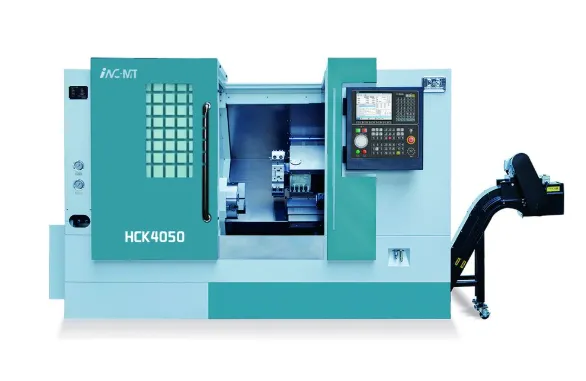
Technological advancements continue expanding CNC turning machine capabilities through several key innovations. Multi-tasking machines now integrate milling, grinding, and gear hobbing operations alongside traditional turning functions, enabled by B-axis tooling heads that orient cutters at any angle relative to the workpiece. Intelligent tool monitoring systems analyze acoustic emissions and power consumption patterns to detect tool breakage or excessive wear before dimensional accuracy is compromised. Direct-drive spindles eliminate gearing components, providing 500Nm of torque at 1 RPM for heavy cutting while maintaining 0.1μm rotational accuracy at high speeds. Automated systems have advanced beyond simple bar feeders to include robotic part handling, in-process gaging for closed-loop size control, and even machine-tending collaborative robots (cobots) that safely interact with human operators.
Operational parameters for CNC turning machines require careful optimization based on material, tooling, and desired outcomes. Roughing operations in mild steel might employ depth of cut up to 5mm, feed rates of 0.3mm/revolution, and speeds of 200 m/min surface speed, while finishing the same material would use 0.2mm depth, 0.1mm/rev feed, and 300 m/min speed for optimal surface finish. Threading operations synchronize spindle rotation with tool movement at ratios precise enough to produce thread pitches accurate to 0.005mm over 100mm length. Modern controls store hundreds of tool/material parameter combinations and automatically adjust speeds/feeds when program-recognized material codes are specified.
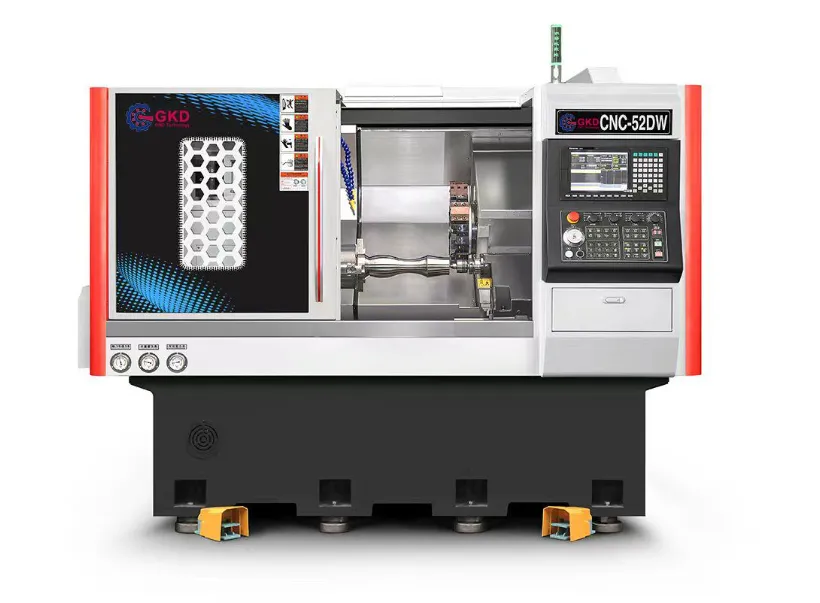
Maintenance protocols for CNC turning machines focus on preserving their precision capabilities through systematic care. Daily inspections include checking hydraulic pressures (20-70 bar for chuck systems), lubricant levels (ISO VG32 or VG68 grade), and coolant concentration (5-10% for water-soluble types). Monthly preventive maintenance involves verifying spindle runout (<0.005mm TIR), recalibrating tailstock alignment (within 0.01mm over 100mm travel), and cleaning way covers. Annual overhauls may include ball screw backlash compensation (adjusting to <0.01mm), replacement of spindle bearings (after 15,000-20,000 operating hours), and full geometric accuracy verification using laser interferometry.
Future developments in CNC turning technology focus on increasing autonomy, precision, and connectivity. Machine learning algorithms automatically optimize cutting parameters based on real-time performance data. Digital twin technology creates virtual machine models that simulate cutting processes with 95%+ accuracy before physical machining begins. Ultra-precision turning centers are incorporating nanometer-resolution linear motors and laser feedback systems for optical component machining. Standardization efforts aim to create universal data protocols for seamless information exchange between turning machines and factory-wide monitoring systems.




